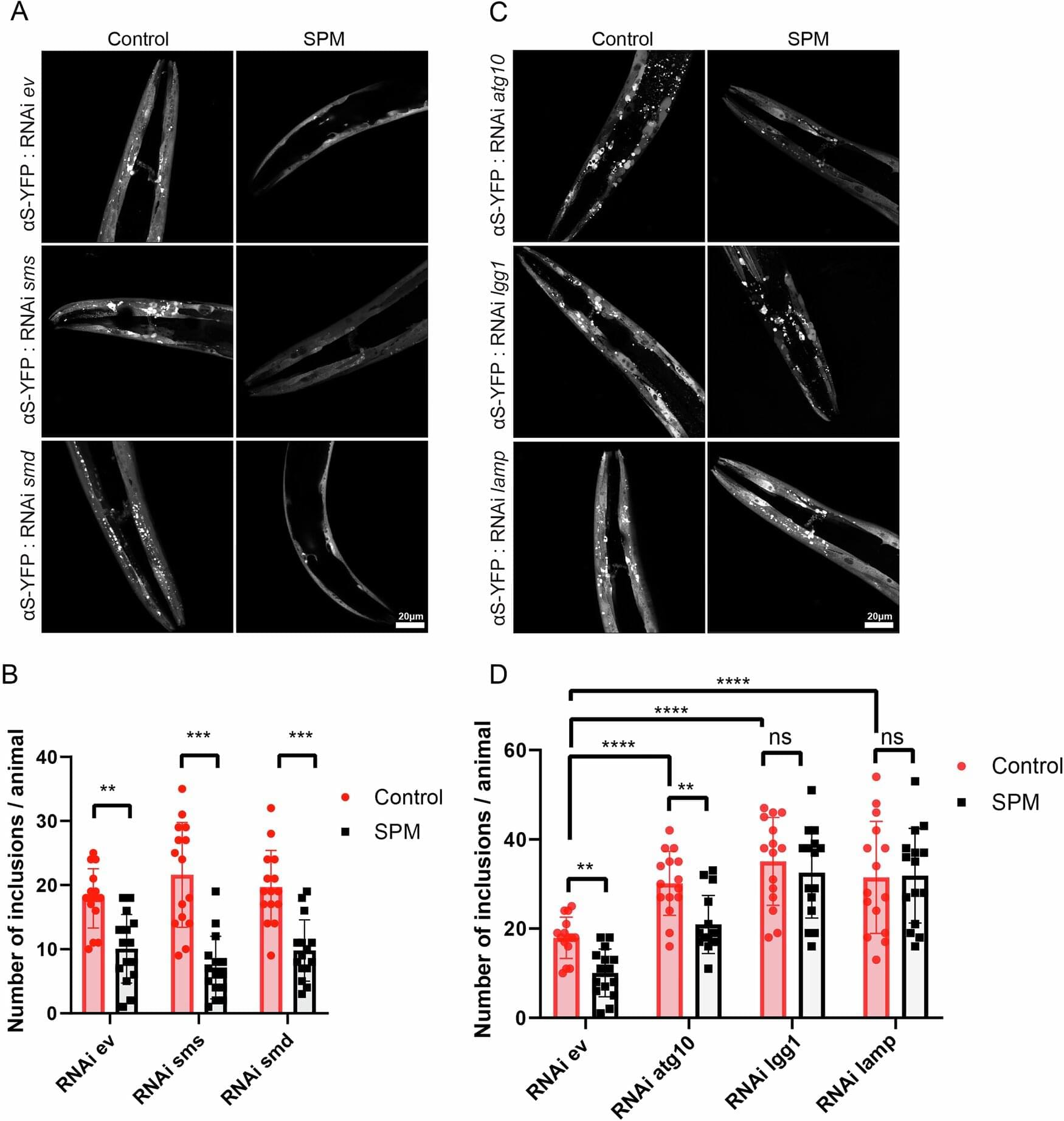A research team led by Professor Eijiro Miyako at the Graduate School of Advanced Science and Technology, Japan Advanced Institute of Science and Technology (JAIST), has discovered that the marine bacterium Photobacterium angustum demonstrates remarkable therapeutic efficacy against colorectal cancer.
Through screening of multiple marine bacterial strains, the researchers found that P. angustum, in its natural, non-engineered form, selectively accumulates in tumor tissues and induces both direct tumor lysis and robust immune activation.
In mouse models, intravenously administered P. angustum showed high tumor tropism while exhibiting minimal colonization of vital organs except the liver, with no hematological abnormalities or histological toxicity observed.








